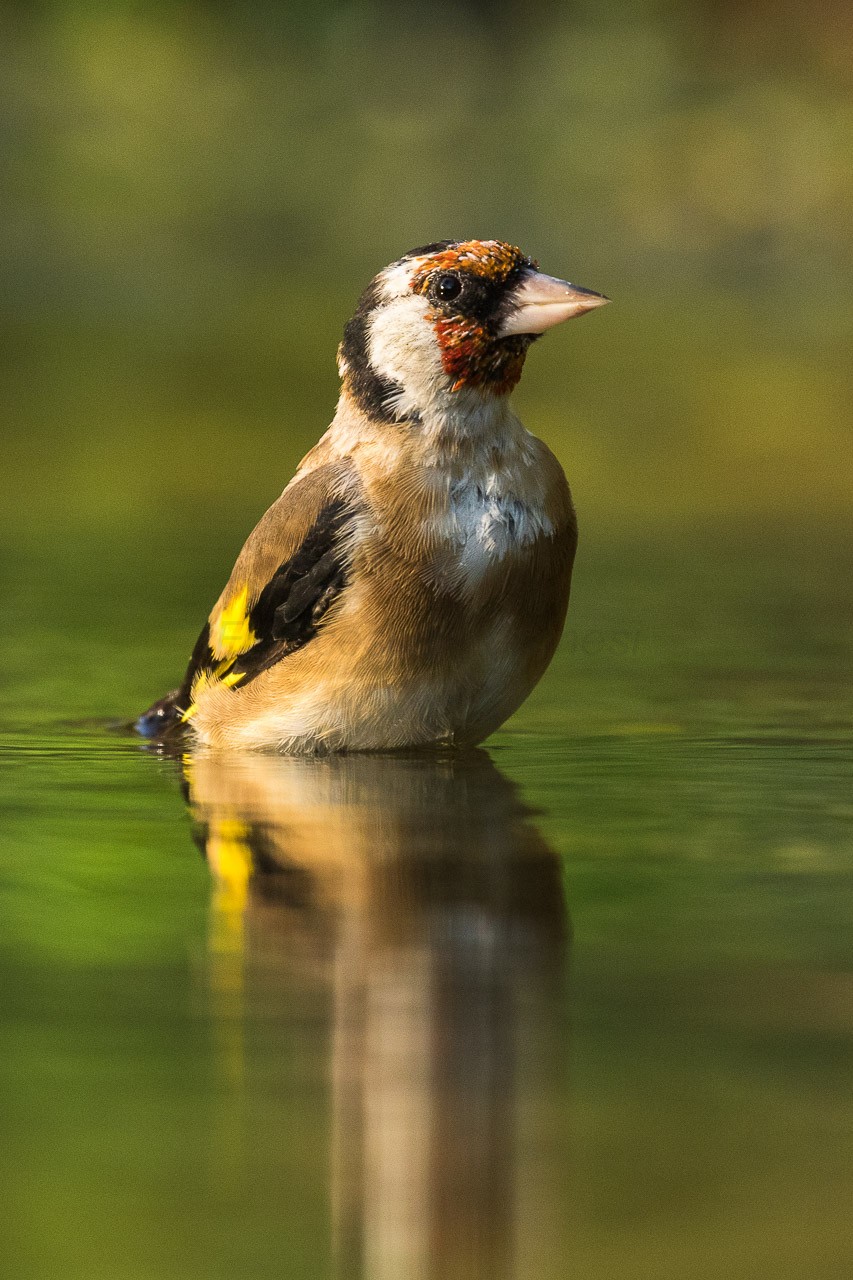European Goldfinch
A species of Eurasian Goldfinches and Citril Finches Scientific name : Carduelis carduelis Genus : Eurasian Goldfinches and Citril Finches
European Goldfinch, A species of Eurasian Goldfinches and Citril Finches
Botanical name: Carduelis carduelis
Genus: Eurasian Goldfinches and Citril Finches
Content
Description People often ask General Info
 Photo By Francesco Veronesi , used under CC-BY-SA-2.0 /Cropped and compressed from original
Photo By Francesco Veronesi , used under CC-BY-SA-2.0 /Cropped and compressed from original Description
Prized for its brilliantly colored plumage and pleasant, musical song, the european Goldfinch has been often held in captivity, until this activity became illegal in the 1970s. Native to Europe, the species has been introduced to Australia and New Zealand. It's a very sociable bird that likes to feed on seeds and often visits feeders.
Size
12 - 13 cm
Colors
Black
Red
Bronze
White
Life Expectancy
8 years
Nest Placement
Tree
Feeding Habits
European Goldfinch favors a diet of small seeds, especially from thistles and teasels, supplemented with insects during the breeding season. In winter, european Goldfinch adapts to frequent bird feeders, showcasing dietary flexibility.
Habitat
European Goldfinch inhabit diverse environments, predominantly open or sparse woodlands, forests edges, and heaths, as well as hedgerows, riverine zones, and scrublands. Their adaptable nature allows them to reside in cultivated lands, parks, and gardens, usually found below 1000 meters elevation, but can range up to 2600 meters. They typically migrate to foothills and plains in non-breeding seasons.
Dite type
Granivorous
People often ask
General Info
Feeding Habits
Bird food type
Bird Feeder Type

Small Tube Feeder

Platform
Distribution Area
The European goldfinch is native to Europe, North Africa, and western and central Asia. It was introduced to Canada, the United States, Mexico, Peru, Argentina, Chile, the Falkland Islands, Uruguay, Brazil, South Africa, Australia, and New Zealand in the 19th century, and their populations quickly increased and their range expanded greatly. They now occur from Brisbane to the Eyre Peninsula in Australia, and throughout New Zealand. 
Species Status
Not globally threatened.